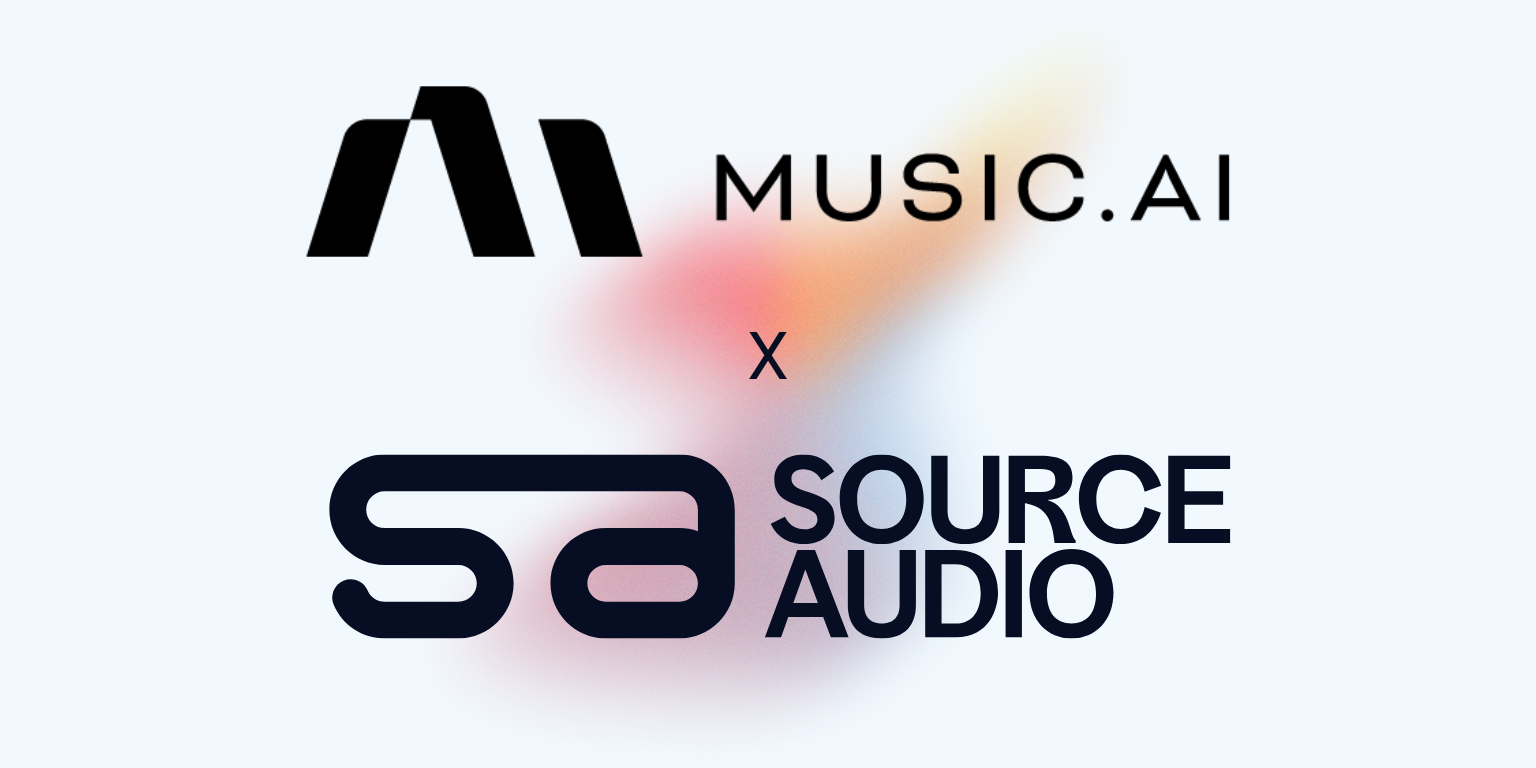Reference Tracks: A Springboard to Better Mixes
Updated December 4, 2020

Selecting the right reference track and using it properly can be an incredible asset to your next mixing job.
What is a Reference Track?
A reference track can be any recording that you want a mix you’re working on to emulate.
Your reference track can be another track you’ve mixed or someone else track, and its exact purpose can vary depending on your approach to the mix. Your goal may be to create a commercially viable track that meets industry standards, which is a perfect application for a reference track. Alternatively, you may have total creative liberty over your project, and use a reference track to emulate and build off of a certain sonic element featured in your reference track.
In all cases, a mix engineer can listen to their reference track alongside their mix, flipping between the two, and get a good idea of what needs to change in their mix to reach their goal. Reference tracks are an irreplaceable tool for mix engineers to maintain their sonic bearings (especially after working many hours on a track) and create their best work.
Selecting the Right Reference Track
Traditional wisdom teaches that a reference track should be as sonically similar as possible to your desired final product. This is undoubtedly the universal starting point if this is your first time working with a reference track. When comparing any two mixes it can be astounding just how different they really are, even when they may have seemed similar from a distance. Start off trying to find an exact match, and experience all the variables available to finetune the sound of your mix.
Only after becoming comfortable with a “sound-alike” reference track should a mix engineer become any more daring with their reference track and seek to pull in elements from varied styles. If not done carefully, this practice can go terribly wrong, so take it slow and use your ears.
Using a Reference Track Effectively
When your mix is underway and you’re ready to do a side by side comparison with your reference track, get started by loading the reference track up into its own channel in your DAW so you can quickly and easily snap back and forth between the two.
Next, adjust the volume of your reference track so that it matches the level of your mix as closely as possible, being mindful of the different timbres in the track as well as the effect that mastering may have on a referenced track’s sound.
Once you have these two tracks side by side, the similarities and differences of the mix itself should become very clear. Check the reference mix against yours to compare and correct the following elements as needed:
1. The EQing of the track as a whole.
2. The dynamic range.
3. The level and frequency range of each instrument or sonic element.
Reference tracks may also provide a much needed moment of clarity if your track has become overly processed.
As you get to the end of the mixing process remember to test your mix everywhere your listeners will play your track through, e.g. car speakers, earbuds, laptop speakers, larger systems. Take your reference track there too and compare the final products.
Your mix is finished only when you’re completely happy with it. Put your reference track to work for you and get to a better finished product faster than ever before.

Industry-Leading Stem Separation Comes to SourceAudio
We are excited to announce our latest partnership with Music.AI, bringing groundbreaking AI-powered stem separation directly to our platform! This integration allows you to create broadcast-quality instrumentals and stems with unmatched pr...[ READ MORE ]

FREE AI METADATA – Now on All Catalog Manager Sites
Supercharge your music library with cutting-edge AI-powered metadata -- on us! Every Catalog Manager site now comes with FREE AI metadata tagging for your entire catalog. Leverage this incredible tool now, and read on to learn how it can d...[ READ MORE ]

File Delivery is Now Free and Included for All Catalog Manager Sites
Every Catalog Manager site now comes with 250GB of FREE file transfer space every month – that's approximately 9,000 WAV files, every month. Not using file delivery yet? Here are 11 ways this powerful tool can supercharge your business....[ READ MORE ]

Our E-commerce Add-on Is Now Free for All Catalog Manager Sites
E-commerce is now free for everyone! In the spirit of creating as much value as possible for our community and clients, what was once a paid add-on is now free for everyone. Not using e-commerce on your SourceAudio site yet? Here are 12 way...[ READ MORE ]




